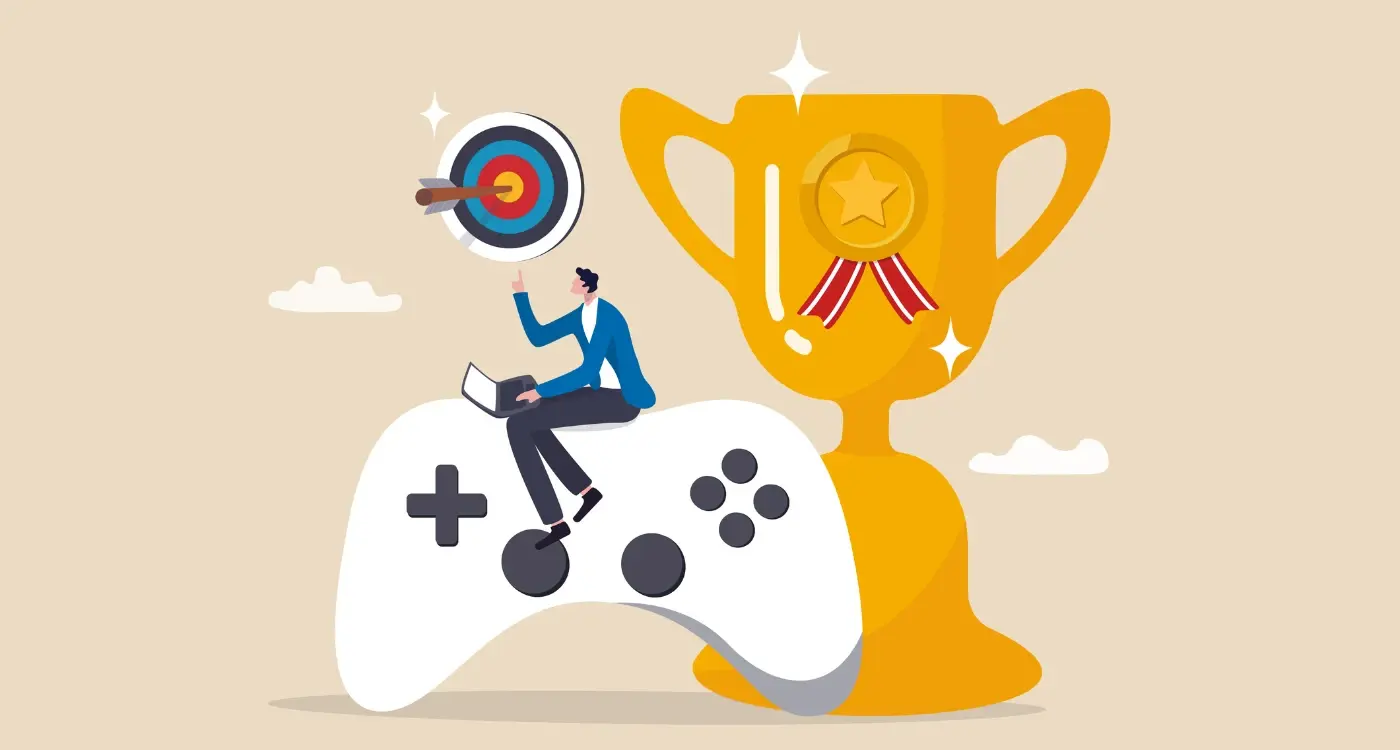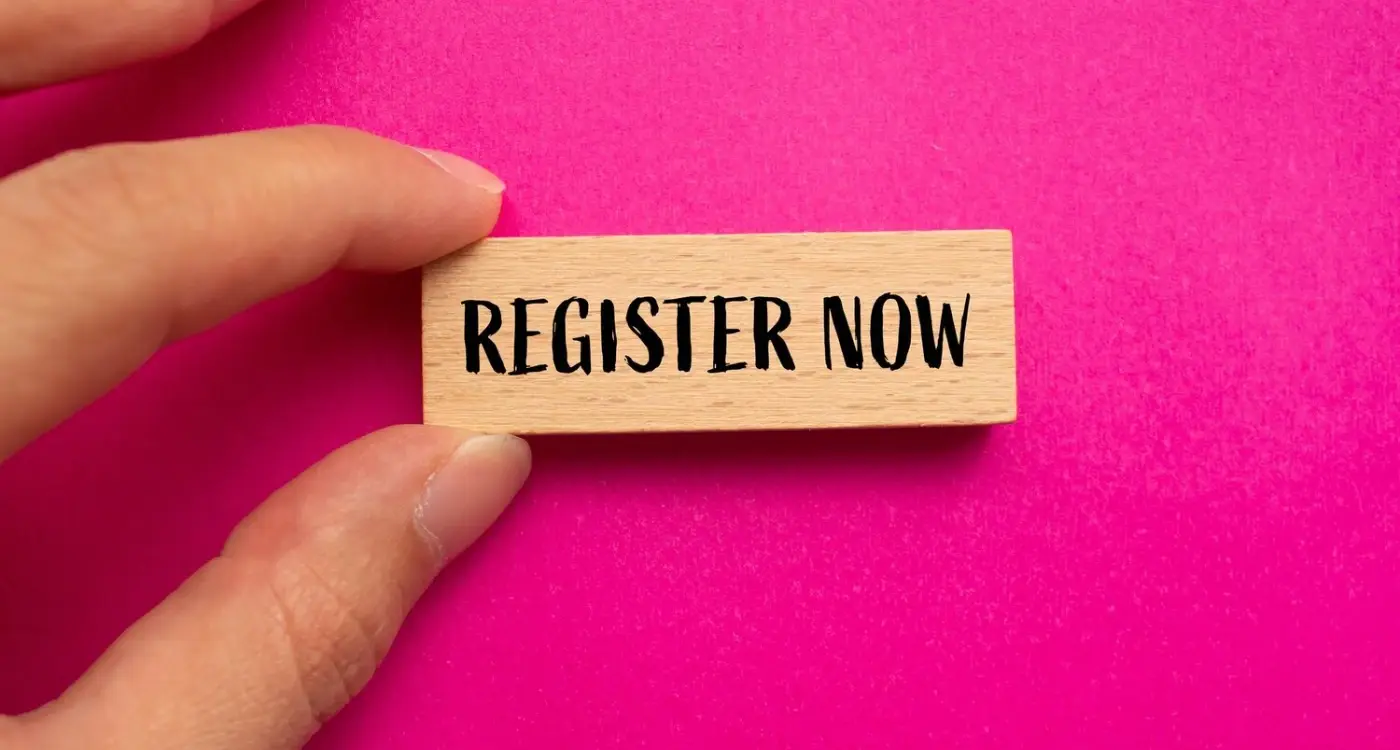Why Do Users Say One Thing But Do Something Completely Different?
You spend months perfecting your app based on user feedback. The surveys look brilliant—people say they love the idea, they'd definitely use it daily, and they're excited about all the features you've planned. Then launch day arrives and... crickets. Downloads are low, engagement is even worse, and the users who seemed so enthusiastic during research have mysteriously vanished. It's bloody frustrating, and honestly, it happens more often than most of us in the industry would like to admit.
I've been building apps for years now, and this disconnect between what users tell us and what they actually do has probably cost more app projects than any technical bug ever could. You'll have focus groups raving about a feature, only to discover through analytics that nobody's actually using it. People will swear they want more customisation options, then stick with the defaults forever. They'll claim privacy is their top concern while happily sharing personal data for the tiniest convenience.
The biggest mistake we make as developers is treating users like rational decision-makers when they're actually emotional, context-driven beings who often don't understand their own behaviour
This isn't about users lying to us—they're not being deliberately misleading. The problem runs much deeper than that. Our brains are wired in ways that make us terrible at predicting our own future behaviour, and traditional research methods often make this problem worse by asking people to imagine situations they've never actually experienced. Understanding this gap between stated preferences and real behaviour isn't just useful for app developers; it's absolutely critical for building products people will actually use rather than just say they'll use.
The Gap Between What Users Say and What They Do
I see this disconnect every single time we run user research sessions. People tell us they want comprehensive features, detailed settings, and powerful customisation options. Then we watch the app analytics, and guess what? They're using maybe 10% of what they claimed they needed.
It's not that users are lying to us—they genuinely believe what they're telling us. But there's a massive gap between what people think they want and how they actually behave when they've got your app on their phone.
Take privacy settings, for example. In surveys, users consistently say privacy is their top concern. They want granular controls over their data. But when we track real usage? Most people never even visit the privacy settings page. They'll click "accept all" on cookie banners without reading a word.
Why This Happens in Mobile Apps
The mobile environment makes this problem worse. People use apps when they're distracted, in a hurry, or doing three other things at once. That careful consideration they described in your focus group? It doesn't exist when they're actually using your app on the bus.
I've seen apps fail because they were built around what users said in research sessions rather than what they actually do. One client spent months building a complex onboarding flow because users said they wanted to understand all the features upfront. In reality, 70% of users abandoned the app before completing it.
- Users overestimate how much time they'll spend customising settings
- They underestimate how much convenience matters to them
- They think they want more features than they'll actually use
- They say they'll read instructions but rarely do
- They claim price isn't important, then choose the free alternative
The key is learning to spot these patterns early. When someone tells you they need a feature, start asking yourself: will they really use this when they're standing in a queue, half-listening to a conversation, with 20% battery left?
Why Our Brains Make Us Unreliable Reporters
Here's the thing about our brains—they're basically designed to trick us. Not maliciously, mind you, but they've evolved to help us survive, not to give accurate reports about our own behaviour. When users tell you what they do in your app, they're not lying. They genuinely believe what they're saying. But their brains are filling in gaps, smoothing over inconsistencies, and presenting a version of reality that feels coherent but often isn't accurate.
I see this constantly when working with clients who've done traditional user research. Someone will say "users told us they check the app twice a day" but the analytics show its actually more like seven times. The users weren't being dishonest; they just don't consciously register every time they open the app whilst waiting for a bus or during ad breaks.
Memory is particularly unreliable when it comes to digital behaviour. We tend to remember the unusual instances—like when an app crashed—but forget the routine interactions that make up 90% of our usage. Plus, we have a nasty habit of reconstructing memories to match our self-image. If someone sees themselves as organized, they'll remember using productivity apps more than they actually do.
Track actual user behaviour through analytics rather than relying solely on what people say they do—the data often tells a completely different story.
How Our Brain Tricks Us
- We forget routine behaviours but remember unusual events
- We reconstruct memories to match our ideal self-image
- We don't consciously register many of our digital interactions
- We confuse intentions with actual actions
- We remember the most recent experience as typical
Understanding these cognitive biases isn't about catching users out—its about designing apps that work with how people actually behave, not how they think they behave. That's where real user psychology comes into play in app development.
The Problems With Traditional User Research
Here's where things get a bit uncomfortable for those of us who've been in the mobile app business for a while. I've sat through hundreds of focus groups, user interviews, and surveys over the years—and honestly? Most of them told us what people thought we wanted to hear, not what they actually meant.
The biggest issue with traditional research methods is that they rely on people being accurate reporters of their own behaviour. But as we've seen, our brains just aren't wired that way. When you ask someone in a focus group "Would you use an app that tracks your daily water intake?" they'll often say yes because it sounds like something a responsible person would do. Fast forward six months after launch, and your water tracking app has a 95% abandonment rate.
I've seen this pattern so many times it's painful. People want to appear rational, health-conscious, organised, and tech-savvy when they're being observed or questioned. They'll tell you they read terms and conditions (they don't), that they care about data privacy settings (they rarely check them), and that they'd definitely pay £2.99 for an app that saves them time (but they'll spend 20 minutes looking for a free alternative).
The Interview Effect
There's also what I call the "interview effect"—when people are put on the spot to explain their preferences, they create logical-sounding reasons that might have nothing to do with their actual decision-making process. Ask someone why they prefer one food delivery app over another, and they'll give you a detailed breakdown about user interface and delivery times. But the real reason? Their mates use it, and they like the little celebration animation when they place an order.
This doesn't mean traditional research is worthless—it just means we need to use it differently. Instead of asking what people would do, we should focus on understanding the emotions, frustrations, and contexts that drive their current behaviour.
How Emotions Override Logic in App Usage
I've watched countless focus groups where users explain exactly what they want from an app—simple design, fewer notifications, privacy controls. But here's the mad bit: when you actually observe their behaviour, they do the complete opposite. They gravitate towards cluttered interfaces, constantly check apps that ping them every few minutes, and happily hand over personal data for convenience.
This happens because our emotional brain is about 200,000 years older than our logical brain. When someone opens your app, their emotions are already making decisions before their rational mind catches up. Fear of missing out drives them to scroll endlessly through social feeds; the dopamine hit from likes and comments keeps them coming back; anxiety about productivity makes them download seventeen different task management apps (though they'll only use one).
The Instant Gratification Factor
Users might tell you they want long-term value from apps, but emotionally they're wired for immediate rewards. That's why apps like TikTok work so well—they deliver instant entertainment without any cognitive load. Meanwhile, meditation apps struggle with retention despite users claiming they want to be more mindful. The emotional payoff just isn't immediate enough.
People don't buy what you do; they buy how it makes them feel when they use it
In my experience building apps across different sectors, the most successful ones tap into core emotional drivers first—security, connection, achievement, control. They make users feel something positive within the first thirty seconds. Logic might get someone to download your app, but emotions determine whether they'll still be using it next month. That's why understanding user psychology matters more than any feature list ever will.
Context Changes Everything
I've watched users test apps in our office and give glowing feedback about how they'd definitely use a particular feature. Then we track the same people after launch and—nothing. They never touch that feature they were so excited about. It's a bit mad really, but context changes everything when it comes to how people actually use apps.
When someone's sitting in a comfortable office chair, with perfect wifi and no distractions, they'll tell you they want comprehensive features and detailed information. But when they're actually using your app? They're probably walking down the street, juggling three tasks, with patchy mobile signal and about thirty seconds of attention to spare.
The context gap is massive. In testing environments, people have time to explore, read instructions, and think through their choices. In real life, they're often stressed, distracted, or in a hurry. Your beautifully designed onboarding flow that worked perfectly in user testing might get skipped entirely by someone trying to solve an urgent problem at 11pm.
Different Contexts, Different Behaviours
I've seen this play out differently across various scenarios:
- Commuting users want quick, glanceable information—not detailed dashboards
- Evening users browse more but convert less than lunchtime users
- Weekend usage patterns are completely different from weekday ones
- Public wifi locations create different privacy concerns than home usage
- Notification responses vary wildly based on what else is happening in someone's day
The apps that succeed are the ones built for real contexts, not ideal ones. They work when users are distracted, when they're in poor lighting conditions, when they only have one hand free. Because that's when people actually need your app most—in the messy, imperfect moments of real life, not in your perfectly controlled testing environment.
The Power of Observing Real Behaviour
Here's where things get interesting—when you stop asking people what they think and start watching what they actually do, everything changes. I mean, genuinely everything. After years of building apps and watching users interact with them, I can tell you that real behaviour tells a completely different story than what comes out of people's mouths in interviews.
User behaviour analysis isn't just fancy jargon; it's about collecting data on actual actions. How long do users spend on each screen? Where do they tap first? What makes them abandon a task halfway through? This stuff matters because it shows you the truth—not the version people think you want to hear or the version they think makes them look good.
What Real Data Actually Shows
When we track actual user behaviour, we see patterns that would never surface in traditional research. Users might tell you they read privacy policies (they don't), that they prefer fewer notifications (they actually engage more with apps that send them), or that complicated features are confusing (but they use them constantly). The data doesn't lie, even when people do—and I don't mean they're lying on purpose, they just genuinely don't know their own behaviour patterns.
Heat maps, session recordings, and analytics reveal the real story. That button users said was "perfectly placed" in testing? Nobody's actually clicking it. That feature everyone requested in surveys? It sits unused while people repeatedly use something you thought was minor. This disconnect between stated preferences and actual behaviour is why observational research insights are so powerful for behavioural design.
Set up analytics from day one of your app launch. You can't optimise what you can't measure, and user psychology reveals itself through actions, not words.
Building Apps That Work With Human Nature
Right, so we've established that people are basically walking contradictions when it comes to what they say they want versus what they actually do. The question is: how do we design apps that work with these quirks instead of against them?
After years of watching users interact with apps I've built, I've learned that the most successful ones don't fight human nature—they embrace it. People are lazy, forgetful, and easily distracted. That's not a bug, it's a feature of being human. So let's design for that reality.
Make the Right Choice the Easy Choice
Users will always take the path of least resistance, even when it's not in their best interest. I've seen fitness apps fail because they required too many steps to log a workout, whilst simpler ones with just one big "Done" button thrived. The lesson? Remove friction from the actions you want people to take.
Progressive disclosure is your friend here. Don't dump every feature on the home screen—show people what they need when they need it. Gmail's mobile app does this brilliantly; it hides advanced features until you're actually composing an email.
Design for Habits, Not Goals
People might say they want detailed analytics and comprehensive dashboards, but what keeps them coming back are simple, repeatable actions. Think about how Duolingo works—the goal is language learning, but the habit is completing one quick lesson daily.
- Start with the smallest possible action users can take
- Make that action rewarding immediately
- Build complexity gradually as habits form
- Use smart defaults that work for 80% of users
- Design for interruption—people will close your app mid-task
The apps that succeed long-term understand that behaviour change happens in tiny increments, not dramatic shifts. Work with psychology, not against it.
Testing What People Actually Do, Not What They Say
Right, so we've established that what people say and what they do are two completely different things. But how do we actually test for real behaviour when building apps? I mean, you can't just follow people around with a clipboard—though wouldn't that be interesting!
The key is moving away from asking "would you use this feature?" and instead creating situations where we can watch what users actually do. I've found that the best insights come from silent observation, not chatty interviews. Set up your prototype, give users a real task to complete, and then just... watch. Don't help them. Don't explain anything. It's painful sometimes, but that's where the gold is.
Heat Maps Tell the Real Story
One of my favourite tools is heat mapping—it shows exactly where people tap, scroll, and spend their time in an app. I once had a client convinced their main call-to-action button was perfect because users said they "loved the design." The heat map? People were tapping everywhere except that button. They couldn't even find it! Sometimes the data is just brutal like that.
The most honest feedback comes not from what users say, but from what they do when they think nobody's watching
A/B testing is another proper game-changer. Show half your users version A, half get version B, and measure what actually happens. No opinions, no "I think I would prefer"—just cold, hard data about which version gets more signups, purchases, or whatever you're measuring. It's like having a lie detector for user preferences, and honestly, it's saved me from countless design disasters over the years.
Building apps that people actually use—not just say they'll use—comes down to understanding this fundamental truth: we're all terrible at predicting our own behaviour. I mean, genuinely awful at it. After years of watching users interact with apps versus listening to what they tell us in interviews, the gap is honestly staggering.
The good news? Once you accept that users are unreliable reporters of their own actions, everything becomes clearer. You stop asking people what they want and start watching what they do. You design for the messy, emotional, context-dependent way people actually behave rather than the logical, rational way they think they behave.
This shift changes everything about how you approach app development. Instead of lengthy survey processes that ask users to imagine future scenarios, you create quick prototypes and watch real interactions. Instead of designing features based on what people say they need, you build minimum viable versions and measure actual usage patterns. Its not about ignoring user feedback entirely—it's about getting the right kind of feedback at the right time.
The most successful apps I've worked on embrace this contradiction between what users say and do. They're built on observed behaviour patterns, tested with real usage data, and refined based on what people actually click, tap, and engage with. They work with human nature instead of fighting against it, especially understanding how stress levels affect mobile app interactions in real-world scenarios.
Your users aren't lying to you when their actions don't match their words. They're just being human. Build for that reality, and you'll create apps that people don't just download—they actually use.
Share this
Subscribe To Our Learning Centre
You May Also Like
These Related Guides

Why Do Some Apps Feel Easy While Others Feel Hard?

Should My Educational App Have Gamification or Focus on Serious Learning?



